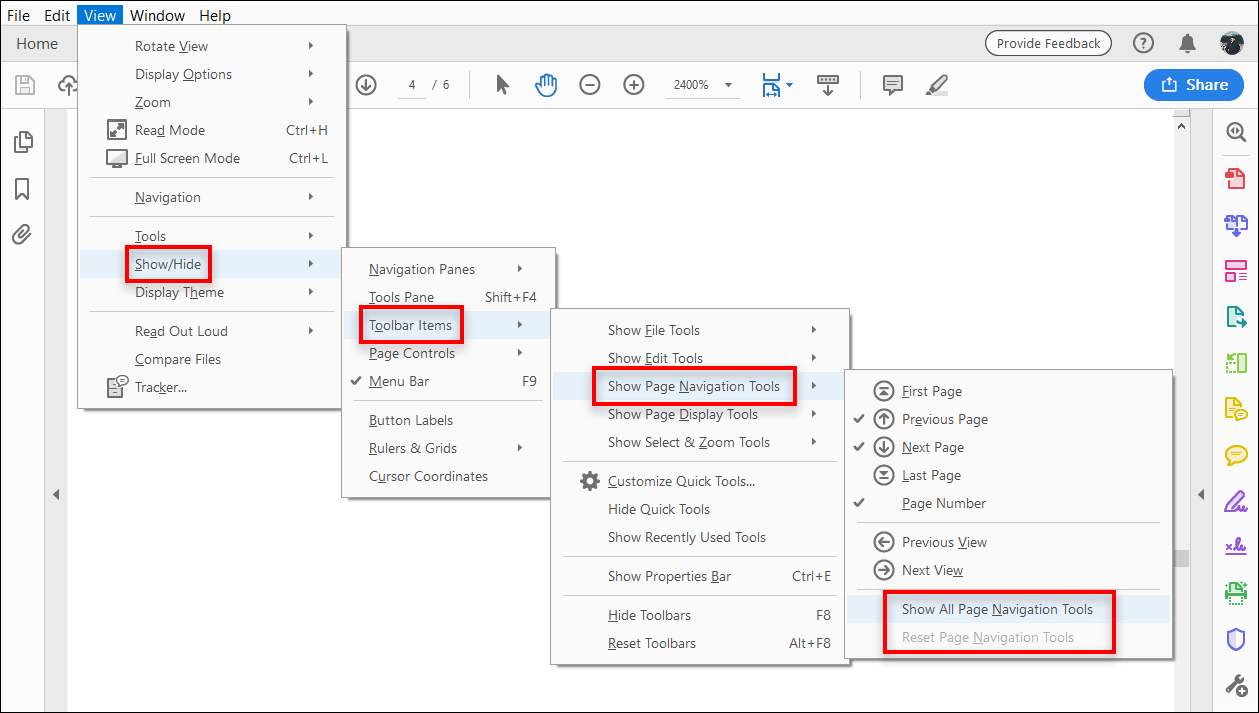
Follow these steps to use Adobe Acrobat to combine or merge Word, Excel, PowerPoint, audio, or video files, web pages, or existing PDFs. Combine files into a single PDF, insert a PDF into another PDF, insert a clipboard selection into a PDF, or place/insert a PDF as a link in another file.
- Oct 02, 2014 Acrobat - Reverse Page Order (FREE) A common request is for a way to reverse the order of the pages in a PDF, so I've developed a small tool that allows you to do it with a single click and I'm offering it for FREE.
- Adobe Acrobat Reader DC software is the free global standard for reliably viewing, printing, and commenting on PDF documents. And now, it's connected to the Adobe Document Cloud − making it easier than ever to work across computers and mobile devices.
Combine two or more files into a single PDF in the office or on the go. Drag and drop thumbnails to arrange pages in the right order from your computer or any web browser.
Note:
This document provides instructions for Acrobat DC and Acrobat 2017. If you're using Acrobat XI, see Acrobat XI Help.
Use the Combine Files tool to merge Word, Excel, PowerPoint, audio, or video files, web pages, or existing PDFs. Acrobat lets you preview and arrange the documents and pages before creating the file. You can delete unwanted pages and move individual pages from a document anywhere among the pages being combined. Acrobat converts the pages of the various files into sequential pages of a single PDF.
Choose Tools > Combine Files. The Combine Files interface is displayed with the toolbar at the top.
Drag files or emails directly into the Combine Files interface. Alternatively, choose an option from the Add Files menu. You can add a folder of files, a web page, any currently open files, items in the clipboard, pages from a scanner, an email, or a file you combined previously (Reuse Files).
Note:
If you add a folder that contains files other than PDFs, the non-PDF files are not added.
In the Thumbnail view, drag-and-drop the file or pageinto position. As you drag, a blue bar moves between pages or documentsto indicate the current position.
In the Thumbnail view, hover over the page or file and then click the Expand pages thumbnail . In expanded view, you can easily move the individual pages among the other pages and documents.
To collapse the pages, hover over the first page and then click the Collapse Document thumbnail .
In the Thumbnail view, hover over the page, and then click the Zoom thumbnail .
In the Thumbnail view, hover over the page and then click the Delete thumbnail .
In the List view, click the column name that you wantto sort by. Click again to sort in reverse order. The order of filesin the list reflects the order of the files in the combined PDF.Sorting rearranges the pages of the combined PDF.
In the List view, select the file or files you want to move. Then click the Move Up or Move Down button.
Click Options, and select one of the file size options for the converted file:
Insert a clipboard selection intoa PDF (Windows)

Adobe Acrobat Pro Delete Page
You can also add a blank page to your PDF document by:

- Choosing Tools > Organize Pages > Insert > Blank Page.
In the Insert Pages dialog box, specify the location where you want to add the blank page.
- You can also use the context menu to add a blank page in between to pages. Choose Tools > Organize Pages to get the page thumbnail view. In the page thumbnail view, right-click the page where you want to insert a blank page. Select Insert Pages > A Blank Page.
Twitter™ and Facebook posts are not covered under the terms of Creative Commons.